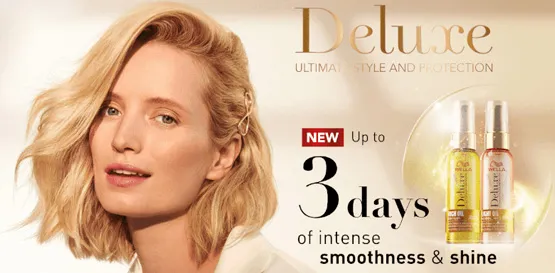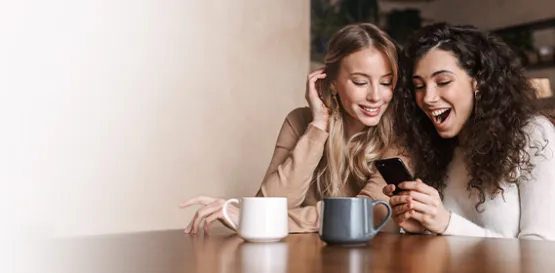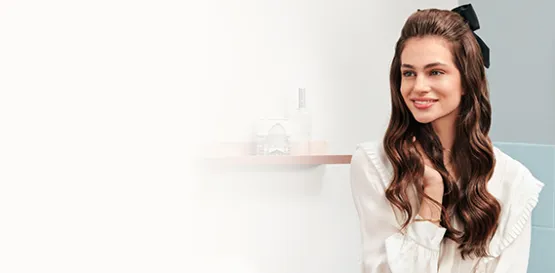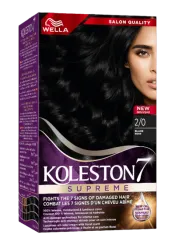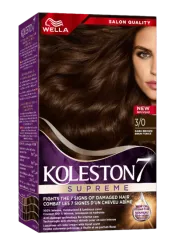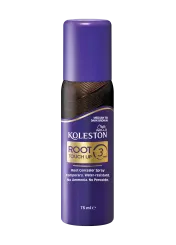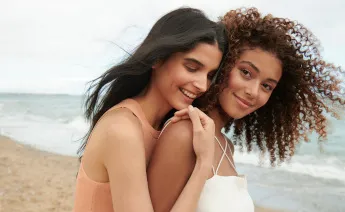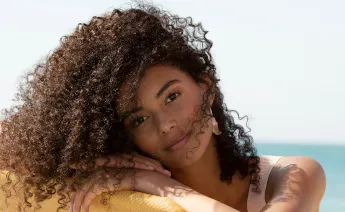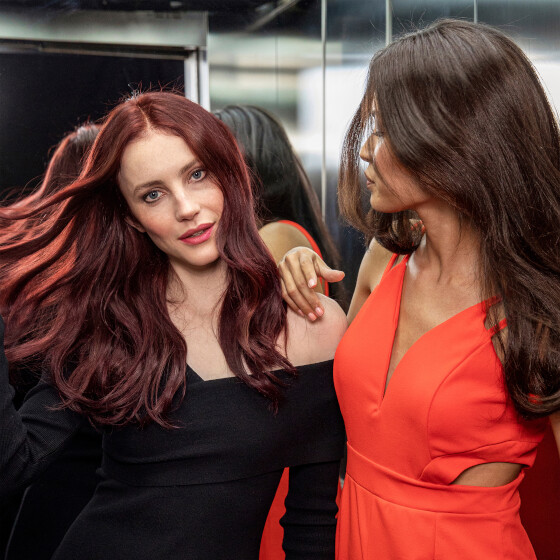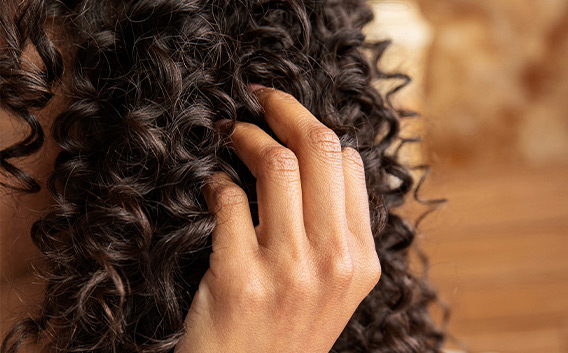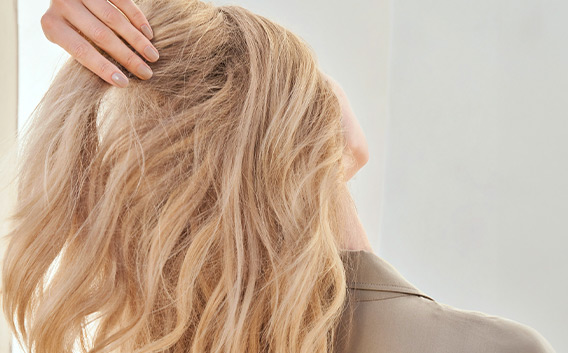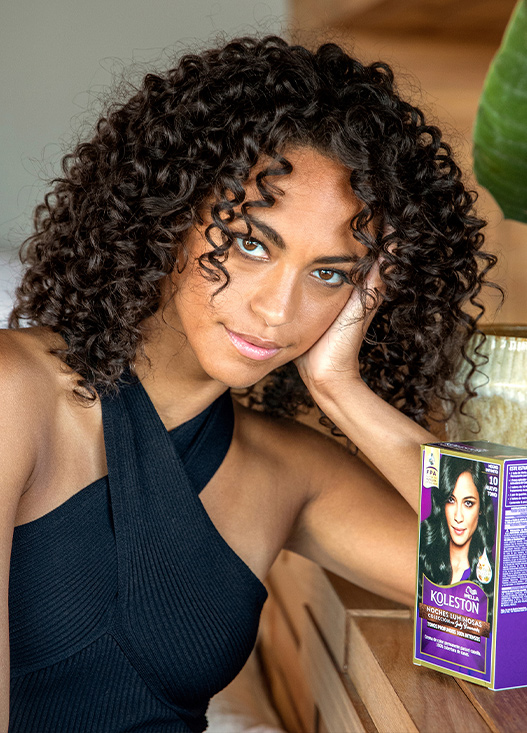
Getting the hair color you really love, starts with two basics – your starting color, which is your current color, and your tone. Here you’ll find an explanation of both to help you find the perfect shade.
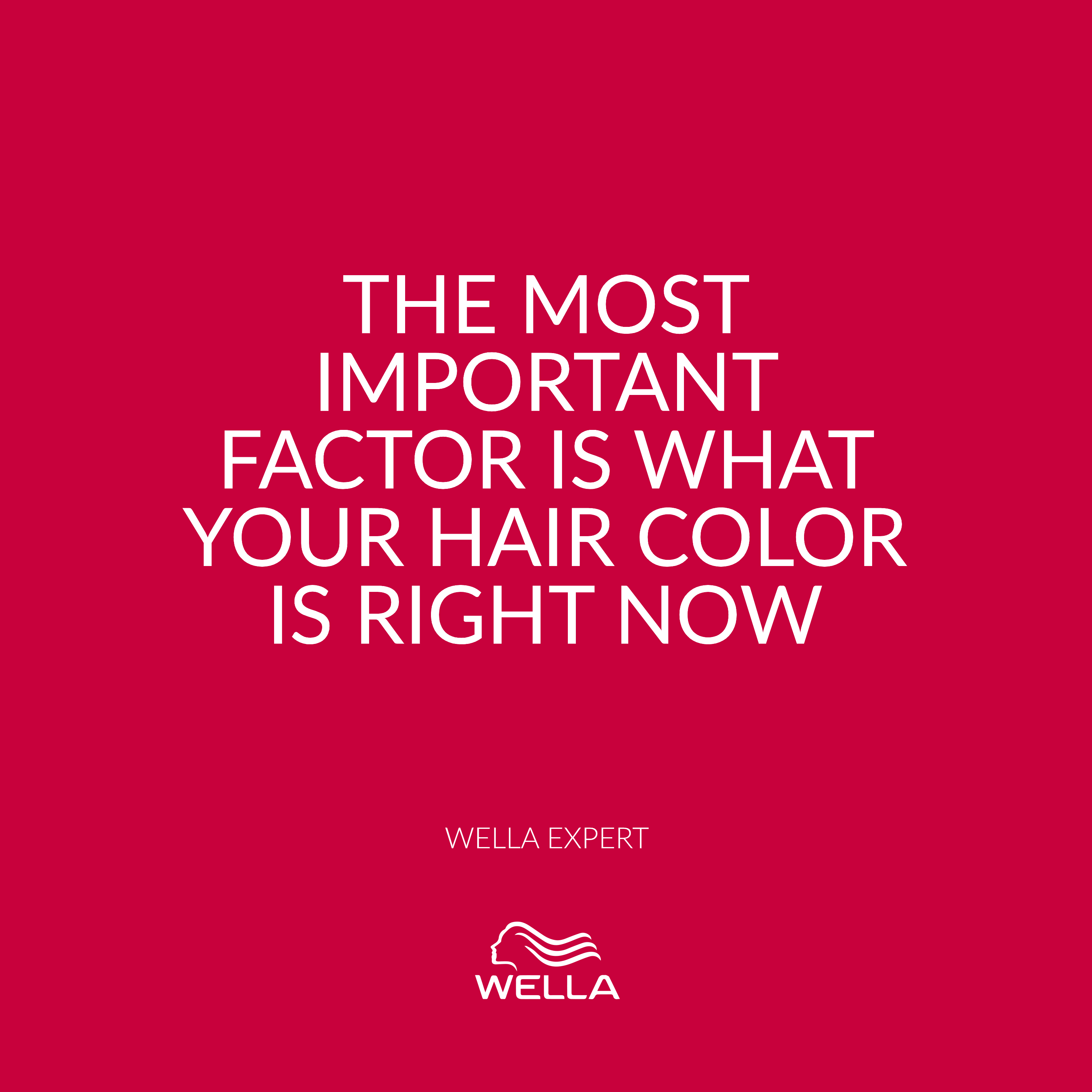
Your starting color
Knowing where to start anything is half of the proverbial battle, especially when it comes to hair color. Like the way we sort our makeup application into steps, hair color can be divided into similar categories, making what seems like a puzzle much easier to put together.
The most important factor is what your hair color is right now to determine where you can take your hair in terms of color. If you already color your hair, this means that you need to go with the current color as your starting color, not the one you were born with. For instance, you may be medium brown naturally, but if you’re currently coloring your hair to a light brown shade, light brown should be the color you use as your starting one.
What does it mean in terms of changing your hair color?
The general rule of thumb regarding hair coloring at home is that it’s possible to change your hair color to one to three shades lighter or darker than your starting color. If you’ve never colored your hair before, it should be possible to go up to three shades lighter or darker – if you currently have medium brown hair, for example, you could lighten it to a light brown, or a dark blonde, or go darker to a dark brown. If you have previously colored hair, then dependent on the amount of color pigment on your hair – it’s possible to lighten or darken your hair color up to one to three shades from your current hair color.
When going lighter, you may need to color your hair over a few applications to get your result up to 1 or 3 shades lighter. Remember to always wait at least 4 to 6 weeks between new applications when using permanent hair color, like Koleston, at home. If you have highlights or desire to go over three shades lighter or darker than your current color, we recommend you visit a hair salon.
Your tone
In terms of hair tone, there are warm or cool tones. The way to determine if you are warm or cool is by looking at your skin tone and eye color (here we help you to figure this out). A good place to begin is to think about the colors you feel really great in – for instance, the ones you receive the most compliments when wearing. Chances are that those colors are in the same family as your own tone. Setting the tone to be in harmony with your coloring, whether cool or warm, is crucial to your look's composition.
Warm tones
People with warm coloring look best in warm hair tones. If your skin is warm or olive, and your eyes are brown or hazel, you should go for warm, golden, copper or chestnut hair tones. The shades you should avoid are those with ashy tones. Redheads generally fall into this category – skin will have a yellow undertone. You should answer some crucial questions: do you look better in peach than pink; do you look better in gold jewelry than silver one? Then you are probably warm. Warm tones will add warmth to your hair color, which is often seen as red or gold.
Cool tones
People with cool coloring look best in cool tones. If your skin is fair and your eyes are blue or green, then you should go for ashy tones. The shades you should avoid are warm, golden or chestnut as you want to minimize red and orange undertones that clash with your skin tone and eyes. Do you look better in navy than camel? Do you look better in silver jewelry than gold one? Then you are probably cool. Some words that will help you determine if a shade of hair color is cool, are ash, platinum, and champagne. Cool tones will decrease the warmth of your hair color and are often used to tone down brassiness.

